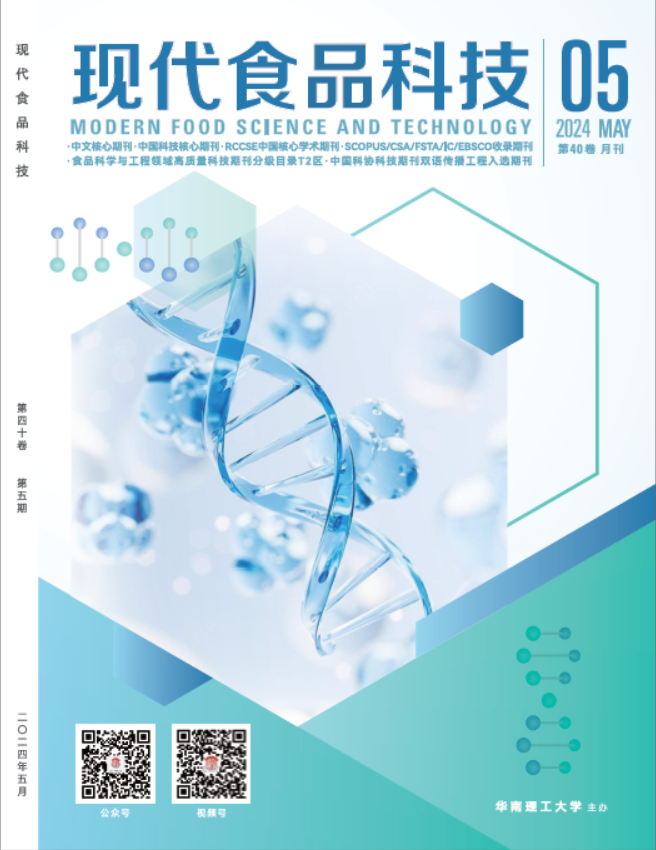Abstract:
The nutritional components of Chrysanthemum was evaluated to provide a theoretical experimenta basis for the rational development and utilization of Chrysanthemum. The results showed that the contents of crude protein, moisture, crude ash, crude fibre, crude fat, total flavonoids, soluble sugar and crude polysaccharides in Chrysanthemum were 12.9%, 11.5%, 5.6%, 5.2%, 4.9%, 3.97%, 19.5% and 5.91% respectively. The polysaccharide content was significantly higher than that in other varieties of Chrysanthemum (0.1%~4.0%). The Chrysanthemum had 17 kinds of amino acids and a total amino acids content of 10.69%, among which cystine was rarely detected in other varieties of Chrysanthemum. Among the 11 kinds of vitamins detected in the Chrysanthemum (VA, VB1, VB2, VB6, Vc, VD2, VD2, VE, β-carotene, niacin and nicotinamide), VA, β-carotene (provitamin A), VE, VB2, nicotinamide and Vc had a content of 0.22, 0.28, 26.71, 0.11, 72.3 and 14.7 mg/100 g, respectively. The Chrysanthemum was rich in niacinamide and VE, with the VE content equivalent to that of nuts. The Chrysanthemum was also abundant in minerals, with 13 kinds of mineral elements (K, Na, Ca, Cu, Fe, Mg, Mn, P, Zn, Se, Pb, As and Cd) being detected except for Se. The content of Ca was 2994 mg/kg, which was higher than that of milk (1040 mg/kg). The content of Fe was 101.6 mg/kg, which was higher than those of pig blood (87 mg/kg) and yolk (65 mg/kg). The contents of heavy metals (Pb, As and Cd) all met the tolerance limit of the national standards. In conclusion, Chrysanthemum had high nutritional and medicinal values and great development potential, thus, can be used for the development of chrysanthemum foods and health products.

